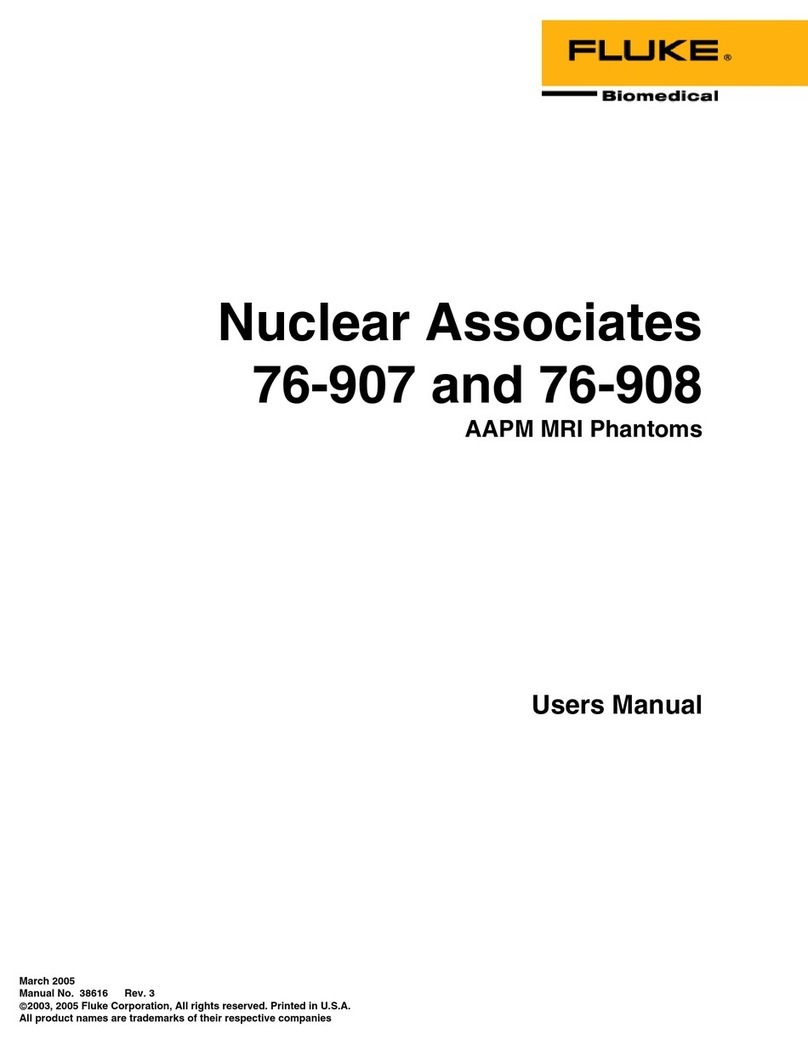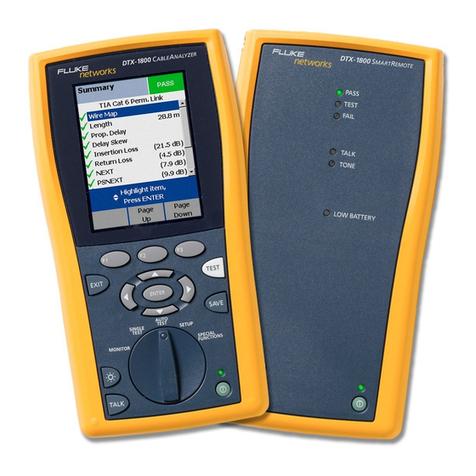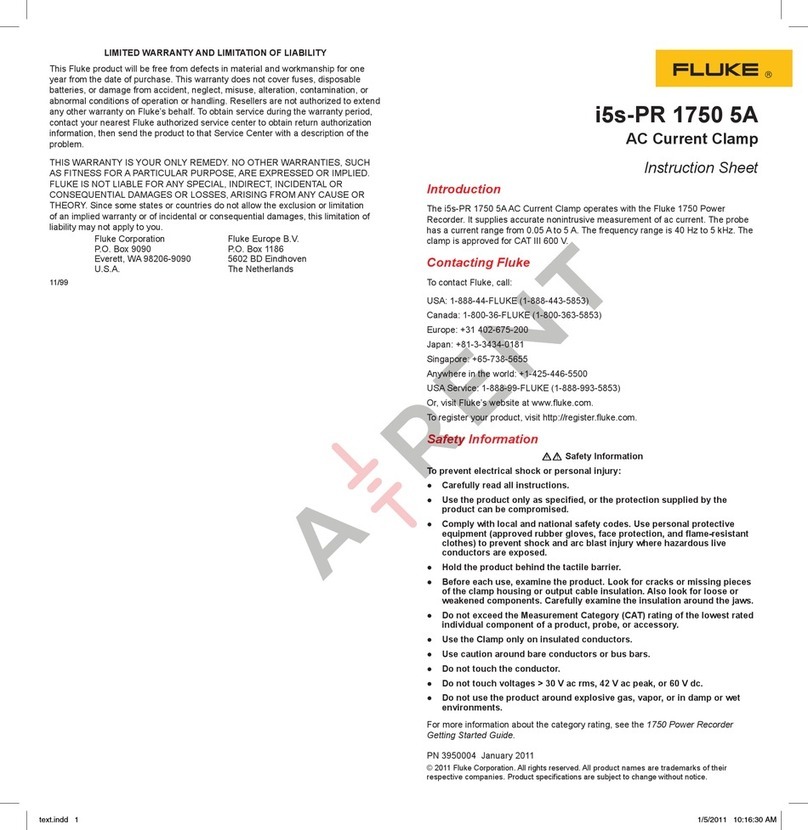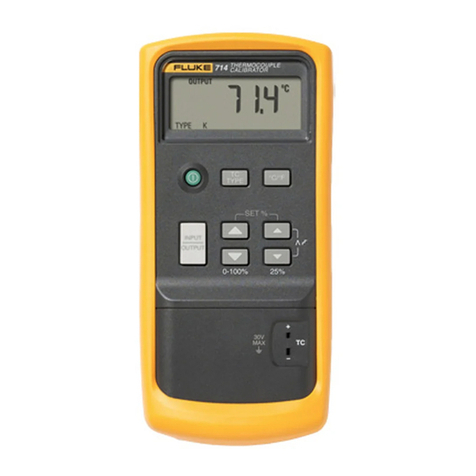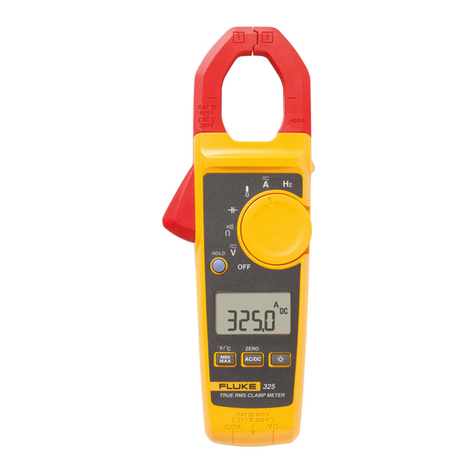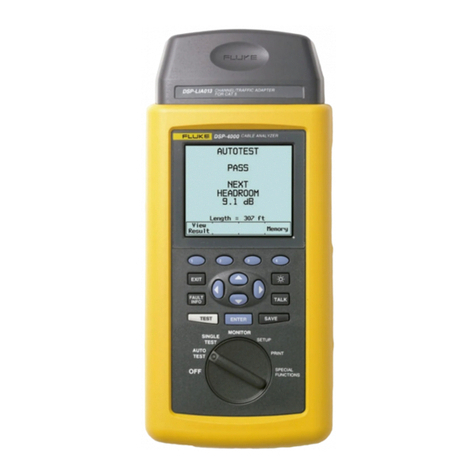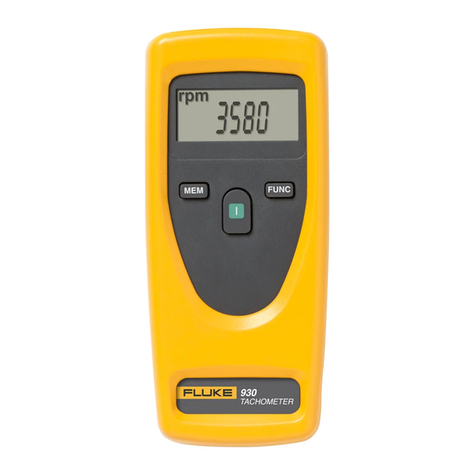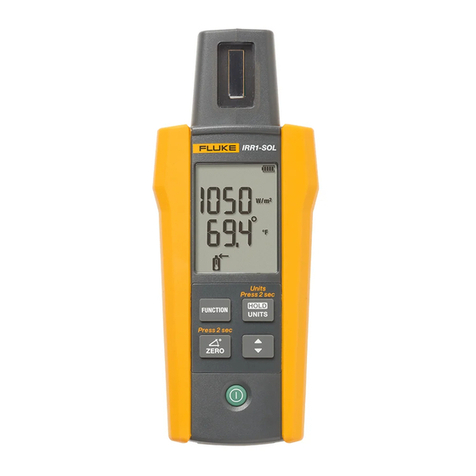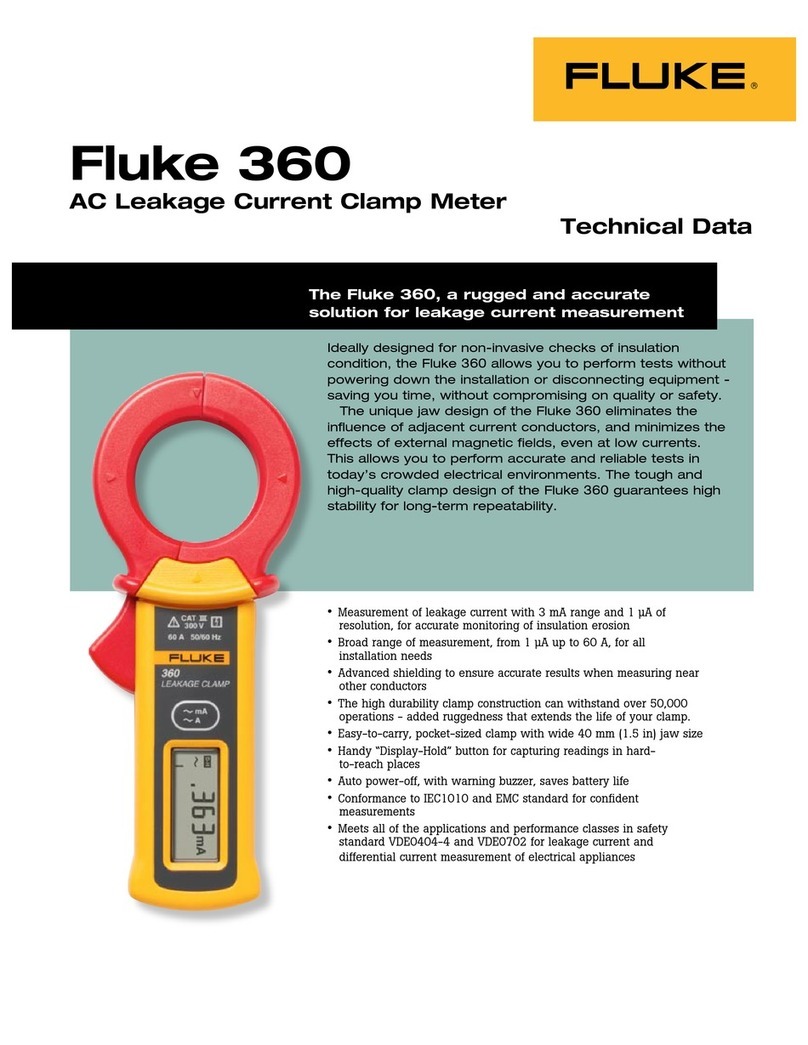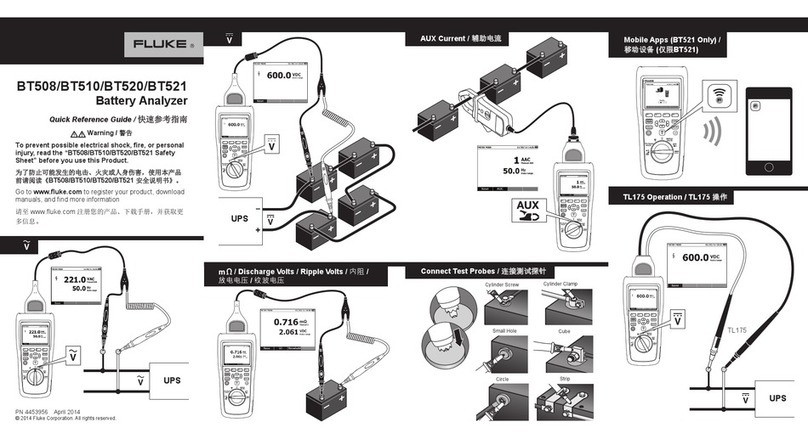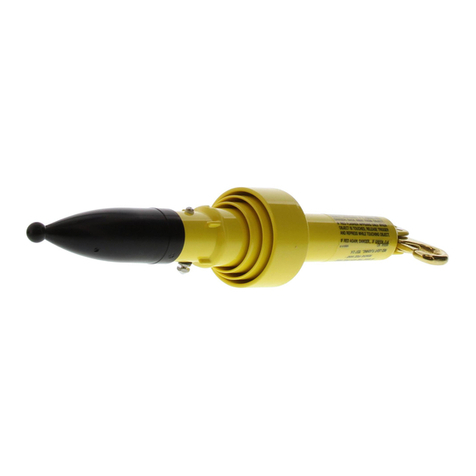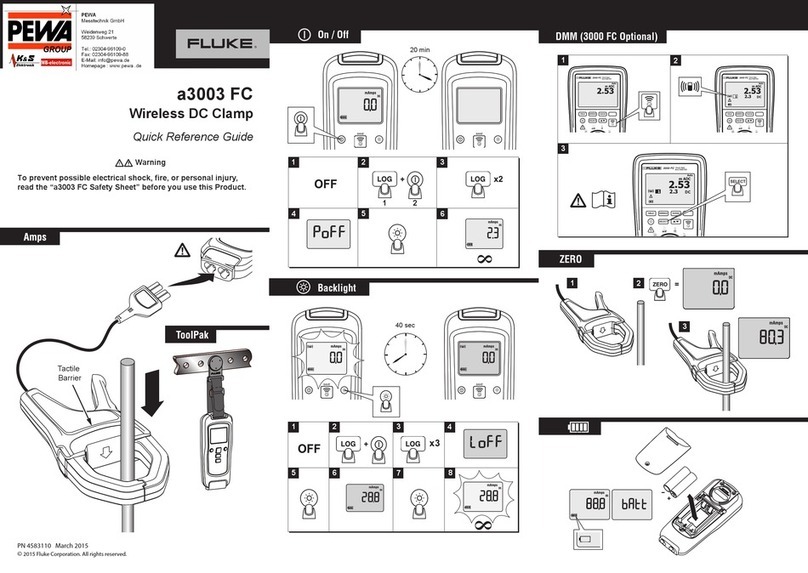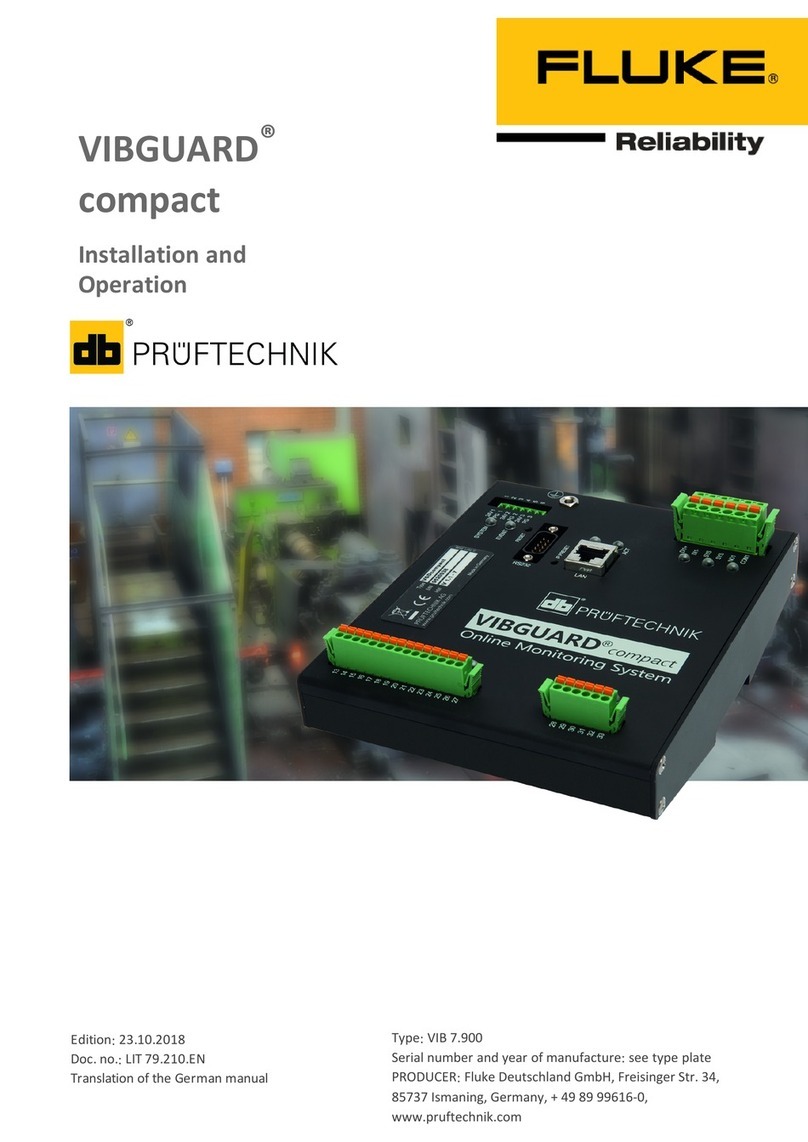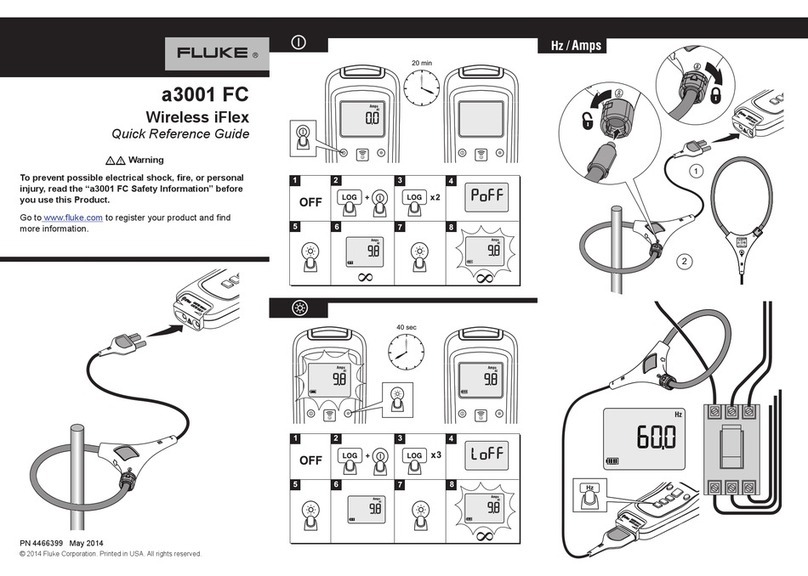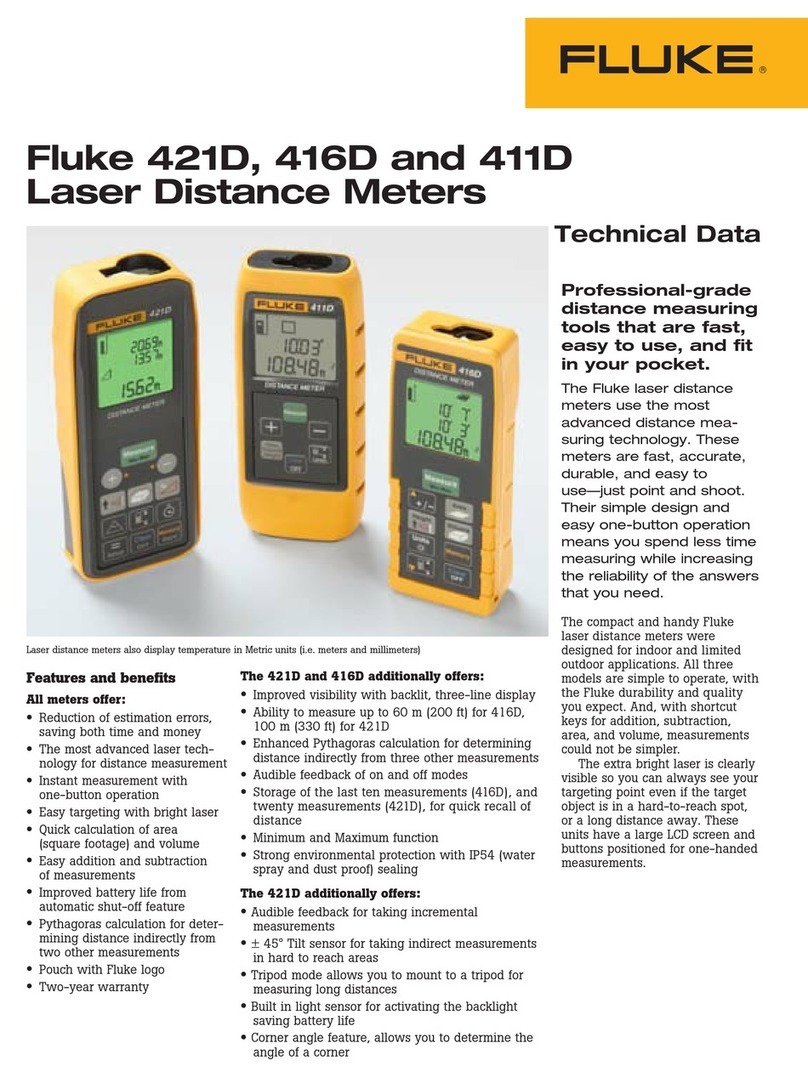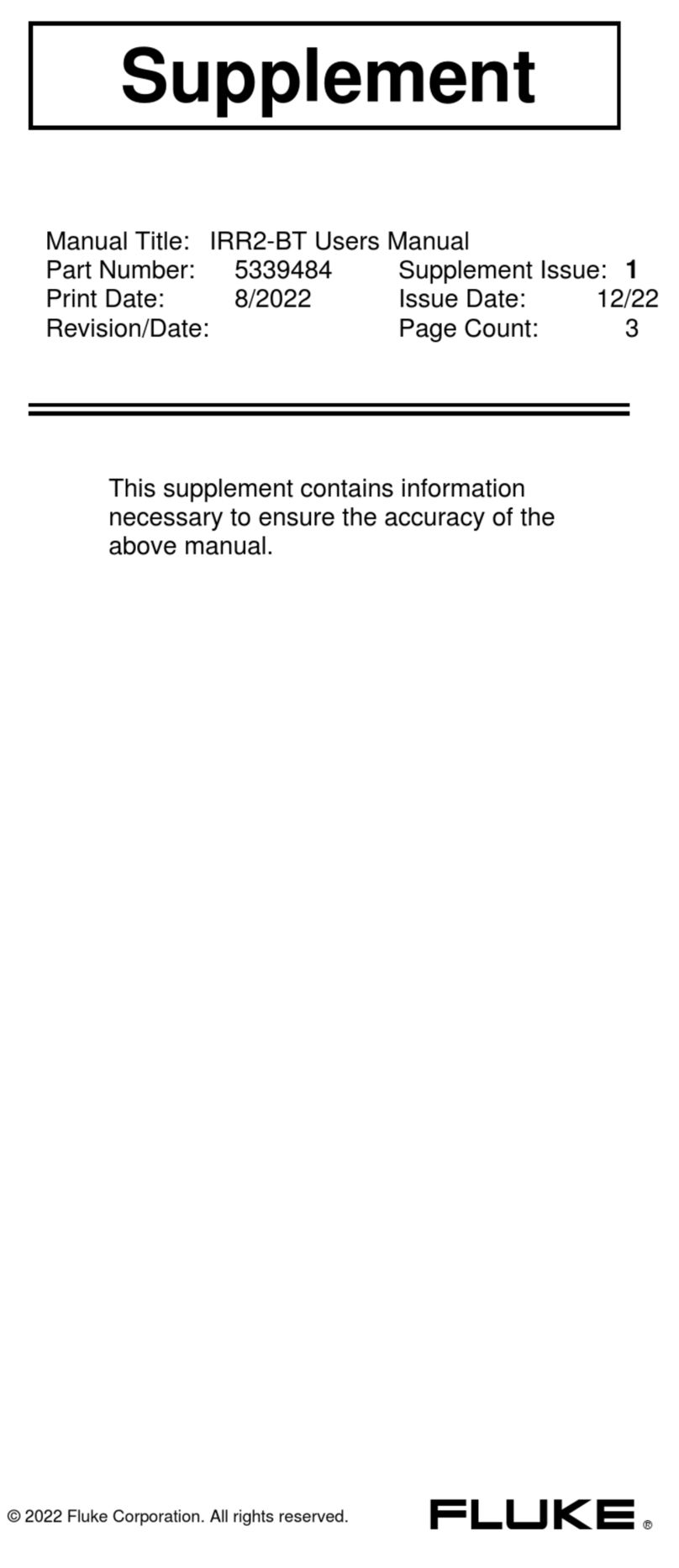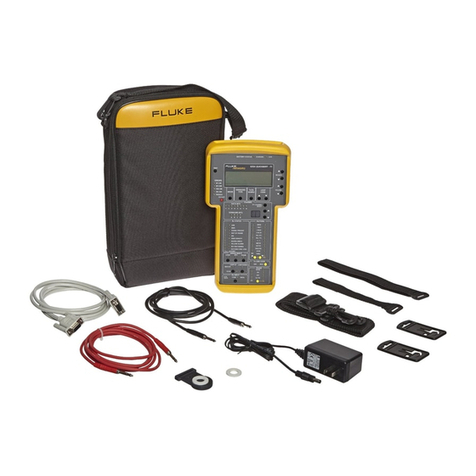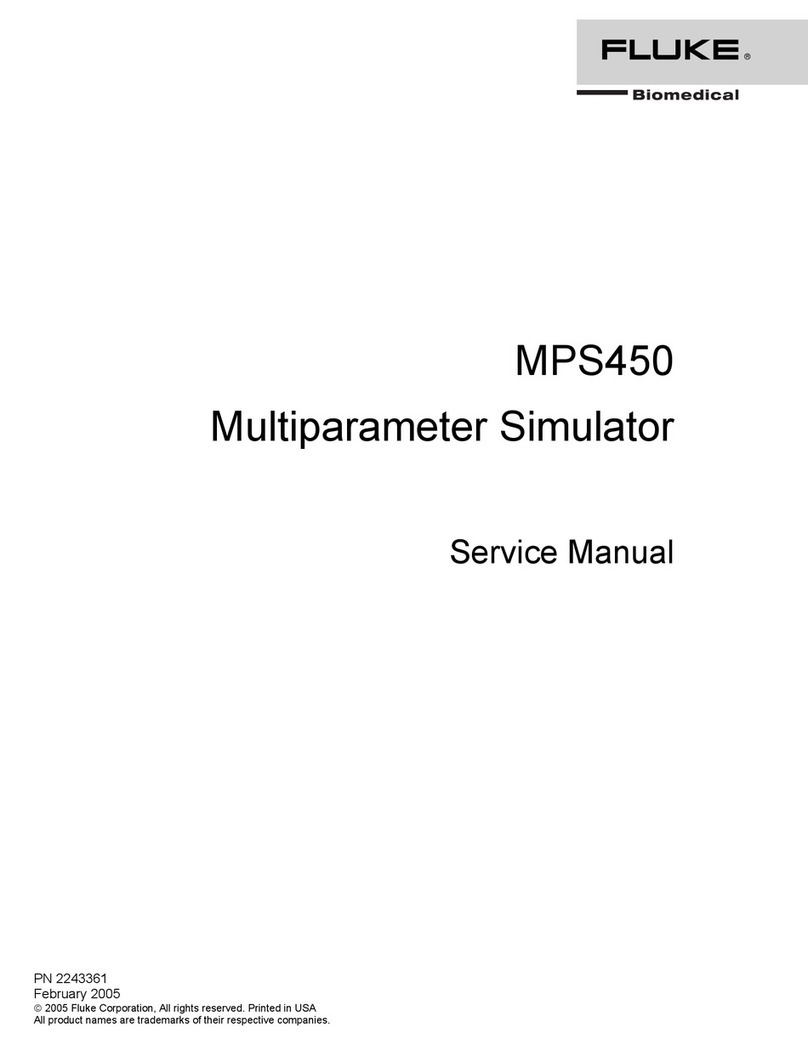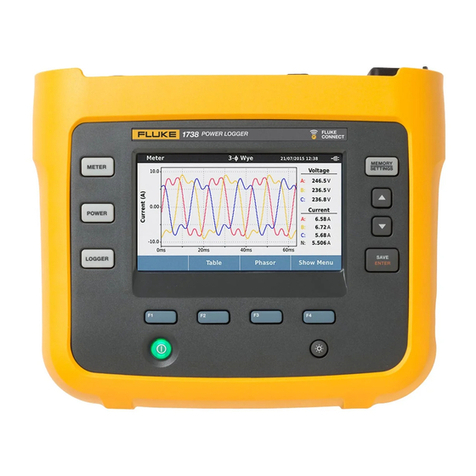732A
Section 1
Introduction and Specifications
1-1. INTRODUCTION
1-2. The Fluke Model 732A is ahighly stable, rugged,
and transportable, solid stale, dc voltage reference
standard. The 732A has lOV, 1.018V and IV outputs.
These outputs are available on front panel binding posts.
The calibration adjustments for the lOV, L018V and IV
outputs are accessible through the front panel. Anon-
conducting adjustment tool is supplied with the unit for
this purpose.
1-3 .All outputs of the 732Acan be shorted indefinitely
without damage. Recovery occurs in less than 2minutes
after the short is removed, with no loss of stability.
I“4. The stability and accuracy of the 732A allow direct
substitution for saturated standard cells in many
applications. The stability specification of 0.5 ppm for 30
days is achieved by enclosing the reference amplifier and
output divider of the 732A in ahigh thermal gain oven.
Full accuracy is attained over the specified ambient
temperature range of 23 ±5^C (64.4 to 82.4"^ F).
Variations in oven temperature may be monitored
externally via the OVEN TEMP THERMISTOR
terminals on the front panel.
I“5. The 732 Amay be powered from ac line power, an
internal rechargeable battery, or an external low voltage
ac or dc source. The 732A is designed to be powered
continuously, including during storage or shipment. The
back-up battery will continue to operate the 732A for up
to 12 hours. Either line or battery power may be removed
without affecting the output. The battery is kept charged
by an internal battery charger when operating from ac
line power, or from the external low' voltage ac or dc
source.
1«6, Various front panel LEDs (indicators) provide a
continuous indication of the operating status of the 732A.
The AC PWR indicator illuminates in the presence of ac
line power. The BTRY CHG indicator is on steadily for
normal charging activity, and is off when the battery is
charged. The IN CAL indicator monitors the input
voltage to the Reference and Oven. Should this voltage
fall below that needed to keep the 732A operational, the
IN CAL indicator is latched off, indicating aloss of power
and standardization. Once power is restored and
standardization has been verified, the IN CAL indicator
can be reset.
1-7. The 732A may be used on the bench or rack
mounted. The 732A is ahalf-rack width instrument and
occupies 4standard 1.75 inch rack spaces. Accessories for
the 732A are listed in Table 1-1 and described in more
detail in Section 6of this manual There are no options
available for the 732A.
1-8* SPECIFICATIONS
I-9. Table I-2 lists the specifications for the 732A.
Table 1-1. Accessories
MODEL
NUMBER DESCRIPTION
MOO-800-523
M07-203-601
M07-200-601
5440A-7002
732A-7001
732A-7002
732A-7003
Dual Mounting Fastener
Half Width Rack Mount Kit
Full Width Rack Mount Kit
Low Thermal EMF Cable Assembly
Battery Pack
Transit Case
Battery Charger
1-1

